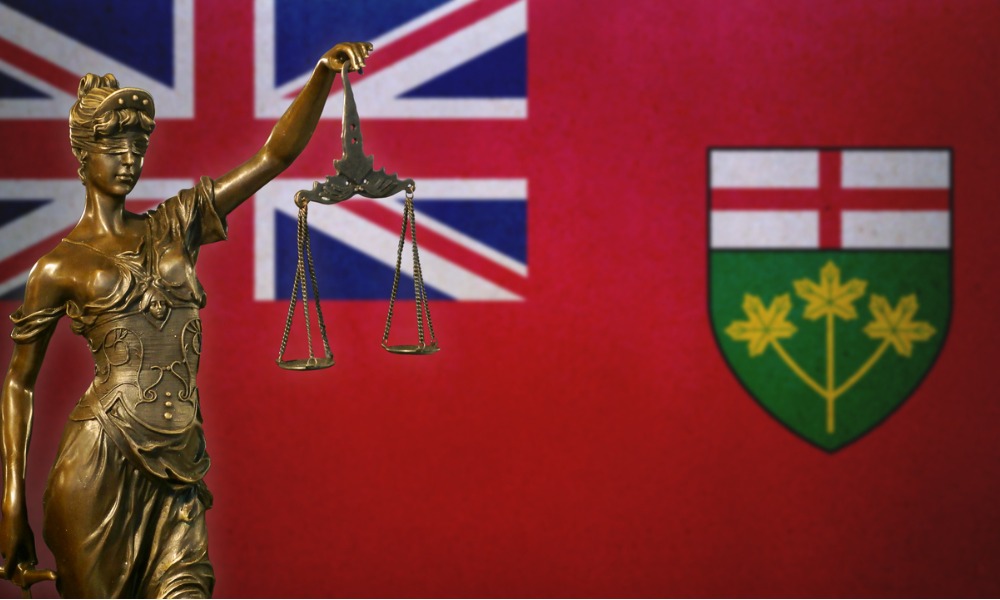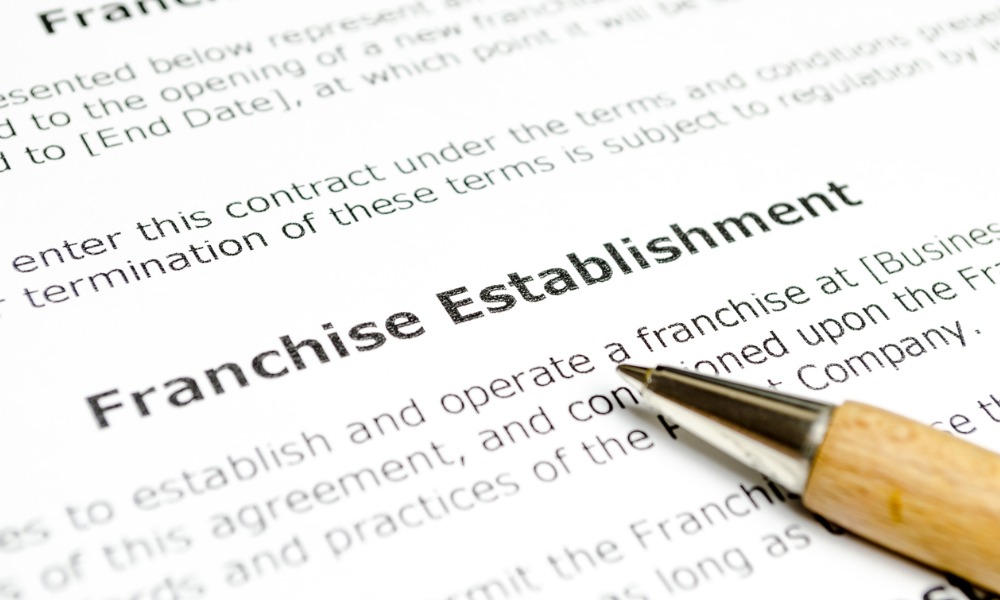Currently, there is a tension between the rhetoric and reality of civil litigation practice in cases involving self-represented litigants.
Currently, there is a tension between the rhetoric and reality of civil litigation practice in cases involving self-represented litigants.
A recent Court of Appeal decision of Sanzone v. Schechter, 2016 ONCA 566 highlights this tension. A summary judgment in favour of the defendant dentists was overturned on the basis that, while the selfrepresented plaintiff’s failure to provide an expert report detailing her injuries was problematic, the represented defendants had not, in turn, put their best evidentiary foot forward. Specifically, an affidavit from defendants’ counsel outlining the procedural steps undertaken in the case and a further affidavit challenging the credentials of a dentist whose opinion was proffered by the plaintiff were considered insufficient to establish that there was no genuine issue for trial.
The troubling aspect of this case is not that the defendants did not fulfil their own evidentiary requirements. Rather, it is that this occurred in the context of a case involving self-represented litigants. The unspoken concern is that lawyers, with significantly more knowledge and expertise than the non-lawyers they are advocating against, will use that knowledge unfairly against less knowledgeable non-lawyers. The consequence of this is that legitimate claims will not be heard on the merits and/or decisions are based on something less than the best evidence.
Recent empirical data suggests that summary judgment motions are disproportionately brought against self-represented litigants and that lawyers are more often than not successful in those motions. One of the questions that this raises is how procedural steps are being used against self-represented litigants and what professional considerations do lawyers have in engaging in steps that would likely be challenged if the other party had legal representation.
In Sanzone, the court acknowledged that, while represented litigants are entitled to expect that the same rules and practices of evidence will apply to self-represented litigants, represented parties had better ensure that they, too, are following the rules. In other words, it is not fair for represented parties to take advantage of the rules (and the self-represented litigants’ corresponding unfamiliarity with those same rules) when they in fact are not prepared to meet the same requirements.
In reaching this conclusion, Justice David Brown stated that “[b]y resorting to rule 20 to compel the self-represented appellant to deliver an expert report, without meeting their own evidentiary obligations as moving parties under the rule, the defendants used the rules in a procedurally inappropriate manner.” As a consequence, Brown suggested that the motions judge should not have granted summary judgment in the defendants’ favour.
Lawyers may point to this being the responsibility of the adjudicator (namely to ensure that the parties “meet” their case). However, presenting different standards of evidence that are reflective of the capabilities of opposing parties weakens the legitimacy of the cases decided in that context. A further problem is the creation of a hierarchy of case law and precedent — case law might be distinguishable on the basis of the presence or absence of self-represented litigants. Moreover, there is a corresponding risk that in cases involving self-represented litigants there are lower standards of evidence.
Such developments would be inconsistent with the administration of justice. A party’s obligation to present its best case and test the evidence of an opposing party is paramount to the efficacy and legitimacy of the adversarial system. As an assumption, it helps to provide some reassurance that the system that we have will, more often than not, reach the right result in the circumstances. To suggest that, in certain cases, a party will choose not to present its strongest evidence simply because the other party is unrepresented and thereby lacks the full capacity to challenge any case undermines the overall quality of the decisions reached.
More generally, when lawyers undertake tactics in cases involving self-represented litigants that they would not use in cases with opposing counsel, it undermines the public’s view of the profession. And the consequence is a further weakening of the perception of the profession’s commitment to fairness and justice. As a profession, we cannot be said to promote justice if we do not act justly. While inequities in experience and resources between parties in the civil justice system is nothing new, there needs to be a better accounting of how lawyers and non-lawyers are to engage in the civil justice system where those inequities are greater.
All of this requires a renewed and serious commitment by the members of the profession to fair fights. It also requires more active engagement from professional regulators who must re-constitute the lawyer’s ethical commitment to advocacy in the context of a new reality of the civil justice system — the vast increase in self-represented litigants.
Additionally, it is not sufficient to suggest that lawyers continue to act as if there is an opposing counsel that will challenge their conduct or a judge that will ensure fairness between the parties.
After all, we are a self-governed profession that is in need of some new rules respecting how we might conduct ourselves in cases where it is very likely that we have a distinct and significant advantage over our unrepresented opponents.
This is particularly deleterious where the consequence of taking advantage of these situations is something less than the best or just possible outcome in the circumstances.
Jennifer Leitch, JD, LLM, PhD is a lawyer and research fellow at the Canadian Forum on Civil Justice as well as an adjunct professor at Osgoode Hall Law School and University of Toronto Faculty of Law. Previously, she practised civil litigation at Goodmans LLP.








